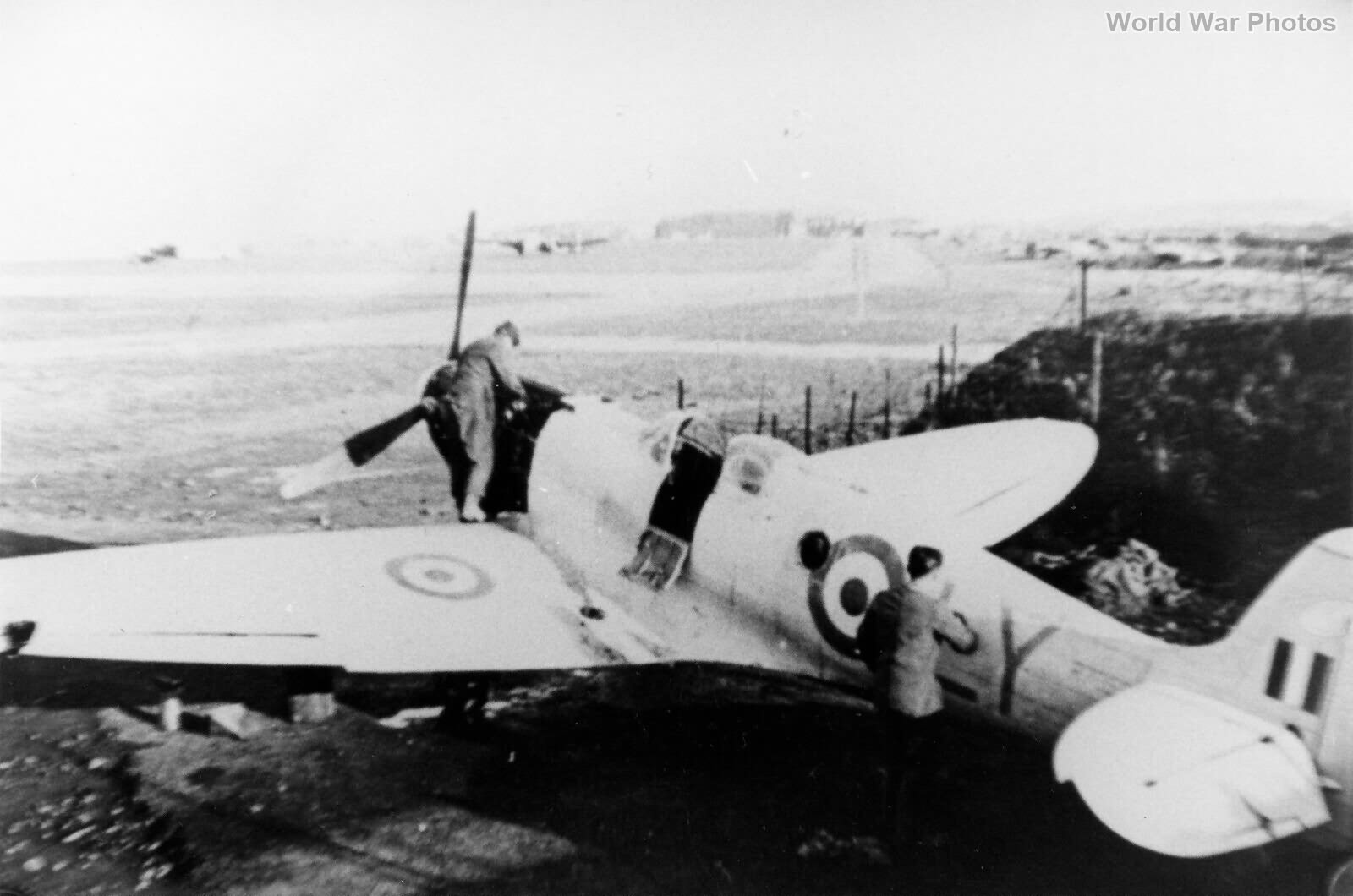The adaptation of the Spitfire for photographic reconnaissance (PR) is one of the more remarkable aspects of its versatility, given that the aircraft was originally designed as a short-range interceptor fighter. Despite its initial role, the Spitfire proved to be an effective PR aircraft, producing a number of specialized variants.
At the onset of the war, reconnaissance missions were not highly prioritized by the RAF, often being secondary tasks performed by aircraft like Blenheim bombers and Lysander army cooperation planes. Both types were inadequate for the evolving needs of reconnaissance missions. Thanks to the efforts of figures like Frank Winterbotham and Sydney Cotton, reconnaissance techniques were progressively refined, with the Spitfire being considered as a candidate for the role by Fg Off Maurice Victor ‘Shorty’ Longbottom. In August 1939, Longbottom submitted a memorandum to the Air Ministry, suggesting the use of the Spitfire Mk I with a Merlin II engine as a PR aircraft.
At the time, however, the outbreak of war in September 1939 led to the prioritization of Spitfires for Fighter Command, meaning that none were initially allocated for reconnaissance purposes. Despite this, Sydney Cotton continued advocating for Longbottom’s proposal. His persistence paid off when, on October 16, 1939, two Spitfire Mk I aircraft (N3069 and N3071) were allocated to Cotton for PR experiments. Cotton modified these Spitfires, stripping them of unnecessary equipment, sealing panel joints and machine gun ports, and painting them in a special ‘Camotint’ color scheme. He also fitted them with teardrop-shaped blisters on the canopy for improved downward visibility.
A single F.24 camera with a 5-inch lens was installed in each wing, replacing the space formerly occupied by the inner machine guns. These modifications allowed the Spitfires to reach speeds of 390 mph, making them faster than their fighter counterparts.
In November 1939, the modified N3071 became part of a detachment known as the Special Survey Flight. It undertook its first operational mission on November 18, when Longbottom flew it to photograph Aachen and its surroundings. Although navigation difficulties prevented successful photography of the target, the mission validated the concept of using the Spitfire in the PR role. However, this mission also highlighted the aircraft’s limited range.
The photographs taken by N3071 were of high quality, but they were still small scale, even after enlargement. Cotton suggested the installation of F.24 cameras with 8-inch focal lengths to improve detail by about a third. He also recommended an internal 29-gallon fuel tank behind the pilot, which extended the aircraft’s range to 325 miles. The fighter-style bulletproof windscreen was replaced by a curved one-piece PR windscreen. This updated version of the PR Spitfire, designated PR Type B, undertook its first operational sortie on February 10, 1940, when Longbottom photographed naval installations at Wilhelmshaven and Emden.
In terms of designation, early PR Spitfires followed a system based on letters rather than the mark numbers used for fighter Spitfires. For example, the Mk I fighter became the Mk II with an engine upgrade, but the PR Spitfires initially followed a lettered system. This changed in 1941, when the Air Ministry introduced a new designation system using Roman numerals to distinguish between reconnaissance and fighter versions. Thus, the PR Type C became the PR Mk III. While this change didn’t affect the PR Types A and B, as they were no longer in service, it marked the beginning of a standardized nomenclature for future PR Spitfires.
